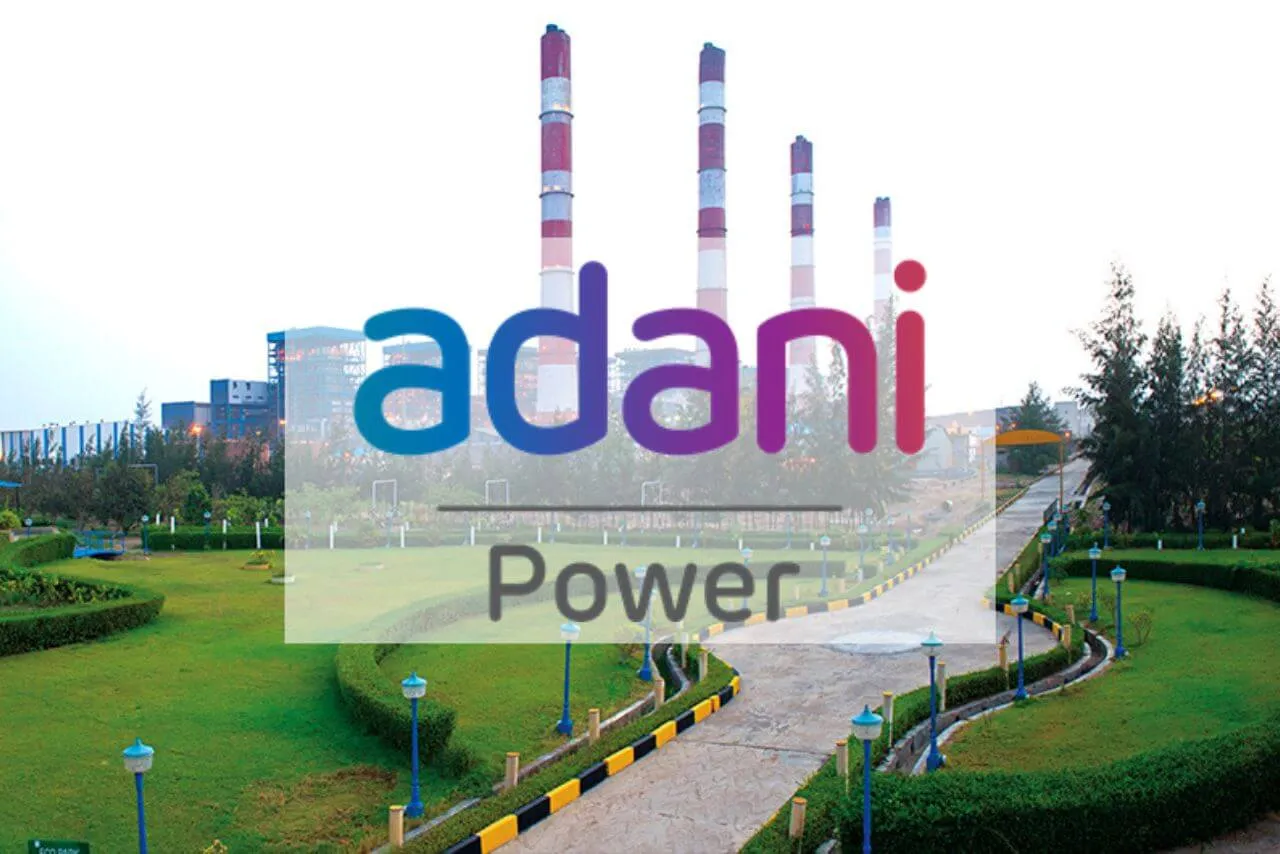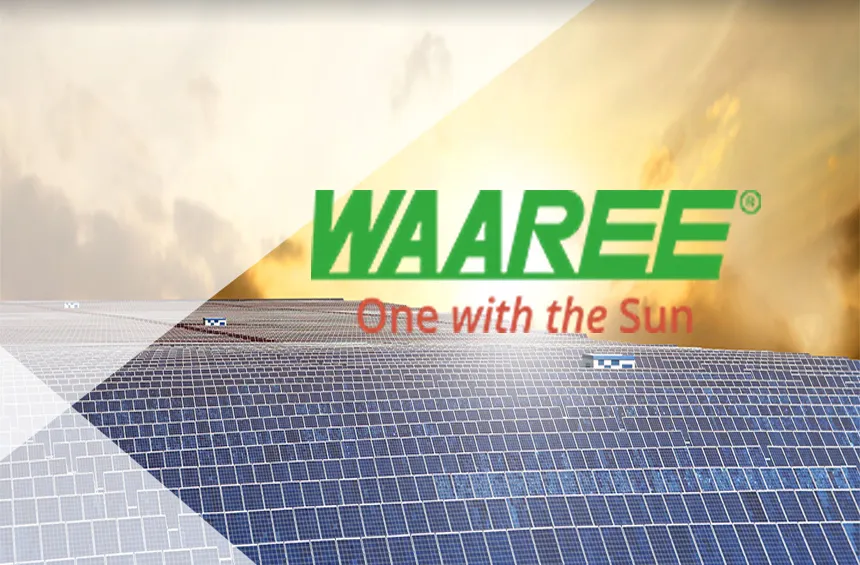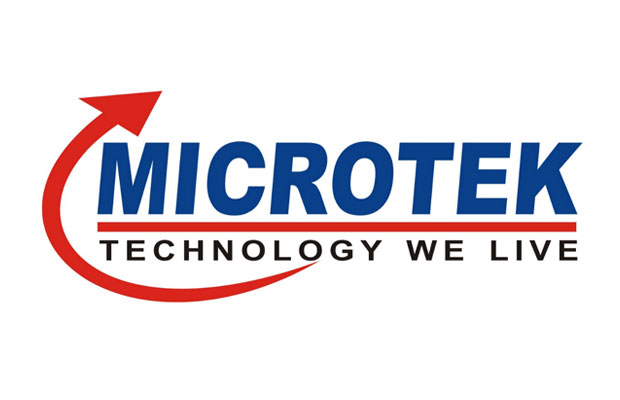Lithium-Ion Batteries
Lithium-Ion Batteries
Lithium-ion batteries are at the forefront of modern battery technology, powering everything from mobile devices to electric vehicles and large-scale energy storage systems. This guide explores the workings, benefits, and care techniques for lithium-ion batteries, providing valuable knowledge for consumers and professionals alike.
What are Lithium-Ion Batteries?
Lithium-ion batteries are a type of rechargeable battery that has become the standard for portable electronics due to their high energy density and long lifespan. They consist of a cathode, an anode, and a lithium salt dissolved in an organic solvent as the electrolyte.
How Do Lithium-Ion Batteries Work?
Electrochemical Reactions
During discharge, lithium ions move from the anode to the cathode through the electrolyte, creating an electrical flow. When charging, the ions move back to the anode, allowing the battery to reuse the energy.
Charging and Safety Features
Proper charging is critical to maintain battery safety and efficiency. Lithium-ion batteries are equipped with sophisticated management systems to control charging levels and prevent overheating.
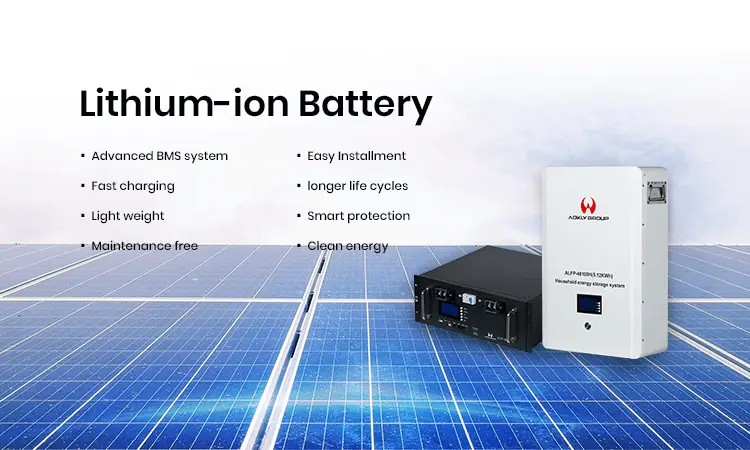
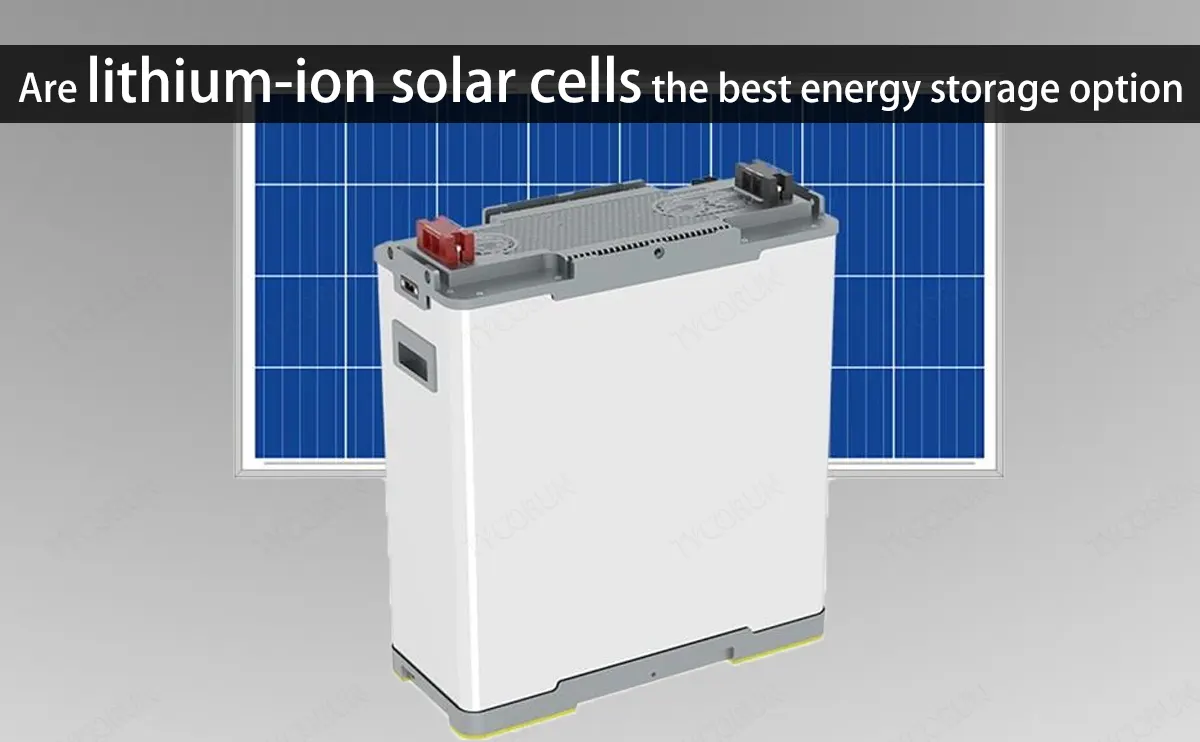
Applications of Lithium-Ion Batteries
Consumer Electronics
Widely used in smartphones, laptops, and tablets due to their lightweight and long-lasting charge.
Electric Vehicles
Essential for the propulsion of electric cars and buses, offering high efficiency and supporting environmental sustainability.
Renewable Energy Systems
Crucial in solar and wind energy systems for storing power efficiently.
Advantages of Lithium-Ion Batteries
High Energy Density
Provides a larger amount of power per weight compared to other types of batteries.
Low Maintenance
Does not require periodic discharge and has no memory effect, unlike Ni-Cad batteries.
Long Lifespan
Typically withstands hundreds to thousands of charge cycles with minimal degradation.
Maintenance Tips for Lithium-Ion Batteries
Optimal Charging
Avoid draining the battery completely and try to keep the charge between 20% and 80% to extend lifespan.
Temperature Considerations
Store and use batteries away from extreme temperatures to prevent capacity loss.
Regular Updates
Keep device software updated to ensure battery management systems are optimized.
Recent Advancements in Lithium-Ion Battery Technology
Innovations in lithium-ion technology include improvements in battery chemistry and architecture, such as silicon anodes and solid-state electrolytes, which promise higher capacities and better safety profiles.
FAQ
If you don't see an answer to your question, you can send us an email from our contact form.
Send EnquiryA lithium-ion (Li-ion) battery is a type of rechargeable battery that uses lithium ions as the primary component of its electrochemistry. The ions move from the negative electrode to the positive electrode during discharge and back when charging.
Lithium-ion batteries work by allowing lithium ions to move between the anode and cathode in a liquid organic electrolyte. During charging, lithium ions move from the cathode to the anode and are stored there. During discharge, the ions move back to the cathode, releasing energy that powers your device.
-
High Energy Density:: Lithium-ion batteries can store a large amount of energy in a small amount of mass, making them ideal for weight-sensitive applications.
-
Long Lifespan:They typically offer a high number of charge/discharge cycles before their capacity falls below 80%.
-
Low Self-Discharge:These batteries lose their charge very slowly when not in use.
-
No Memory Effect:: Unlike some other batteries, lithium-ion batteries can be charged and discharged repeatedly without losing capacity.
The lifespan of a lithium-ion battery depends on its usage and care but generally lasts between 3 to 5 years or 500 to 1000 charge cycles. Regularly cycling the battery and avoiding extreme environmental conditions can help maximize its lifespan.
Lithium-ion batteries are used in a variety of devices and systems, including:
-
Consumer ElectronicsMobile phones, laptops, and tablets.
-
Electric Vehicles:Cars, buses, and motorcycles.
-
Energy Storage Systems:Storing energy from solar panels or the electric grid for later use.
While lithium-ion batteries are generally safe, they do pose a risk of overheating and catching fire if damaged, overcharged, or subjected to extreme temperatures. It is crucial to use a proper charging system and to follow manufacturer guidelines for storage and handling.
Lithium-ion batteries should not be disposed of in the regular trash due to their chemical composition. They should be taken to a proper recycling facility where they can be processed safely. Many electronic stores offer recycling services for lithium-ion batteries.
Lithium-ion batteries require minimal maintenance. However, to extend their lifespan, it is recommended to keep them at a charge level between 20% and 80%, avoid exposing them to extreme temperatures, and store them in a cool, dry place if not in use for an extended period.
Happy Customer
Lithium-ion batteries are renowned for their high energy density and longevity, making them a popular choice across various industries, from consumer electronics to electric vehicles and renewable energy systems. Below, our customers share their positive experiences, emphasizing the transformative impact of using our lithium-ion batteries.

